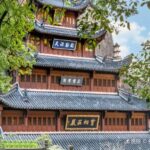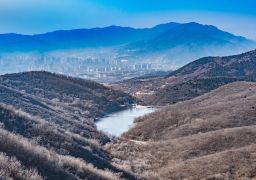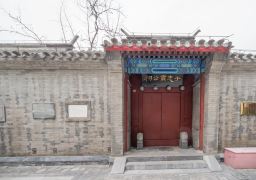Ziguo Temple has experienced ups and downs and several rises and declines in the long history of more than a thousand years. Its development is closely related to the prosperity and decline of Buddhism. Especially during the ‘Cultural Revolution’, the temple buildings were severely damaged. After the implementation of religious policies, Venerable Shengxun returned to the temple and led the monks to renovate the temple buildings. They rebuilt the Mahavira Hall and constructed the Buddhist chanting hall and the Five Contemplation Hall. In 1987, at the initiative and support of Venerable Mingyang, the abbot of Longhua Temple in Shanghai, the Heavenly King Hall was rebuilt. In 1993, the Jade Buddha Hall and Dharma Hall were constructed. After several renovations, the style of the thousand-year-old ancient temple is displayed again. The existing Mahavira Hall covers an area of 220.4 square meters. It is a wooden structure imitating the Ming Dynasty style, with five bays in width and four bays in depth. It has a hip roof and lotus-shaped column bases. There are two Song Dynasty incense burners in the temple. There is one alms-giving vessel from the second year of Zhenghe (1112) and one dendrobe from the seventh year (1117). There is one well each from the Tang Dynasty and the Song Dynasty. There is also a stele inscription from the sixth year of Yuanfeng (1083). There are also stone carvings such as ‘Lingpo Cave’, ‘Wotuo Rock’, and ‘Lecture Platform’. The foundation stones, beams, and columns of the Dharma Hall from the Song and Ming dynasties still exist. The thousand-year-old iron tree, the Ming Dynasty osmanthus tree, the Qing Dynasty cypress tree, and locust tree are still lush. Opening hours: Open all year round from 7:00 to 20:00.
Ziguo Temple
Ziguo Temple has experienced ups and downs and several rises and declines in the long history of mor[...]









